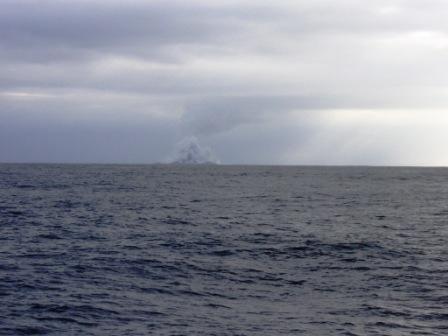Other Geographical Phenomenon
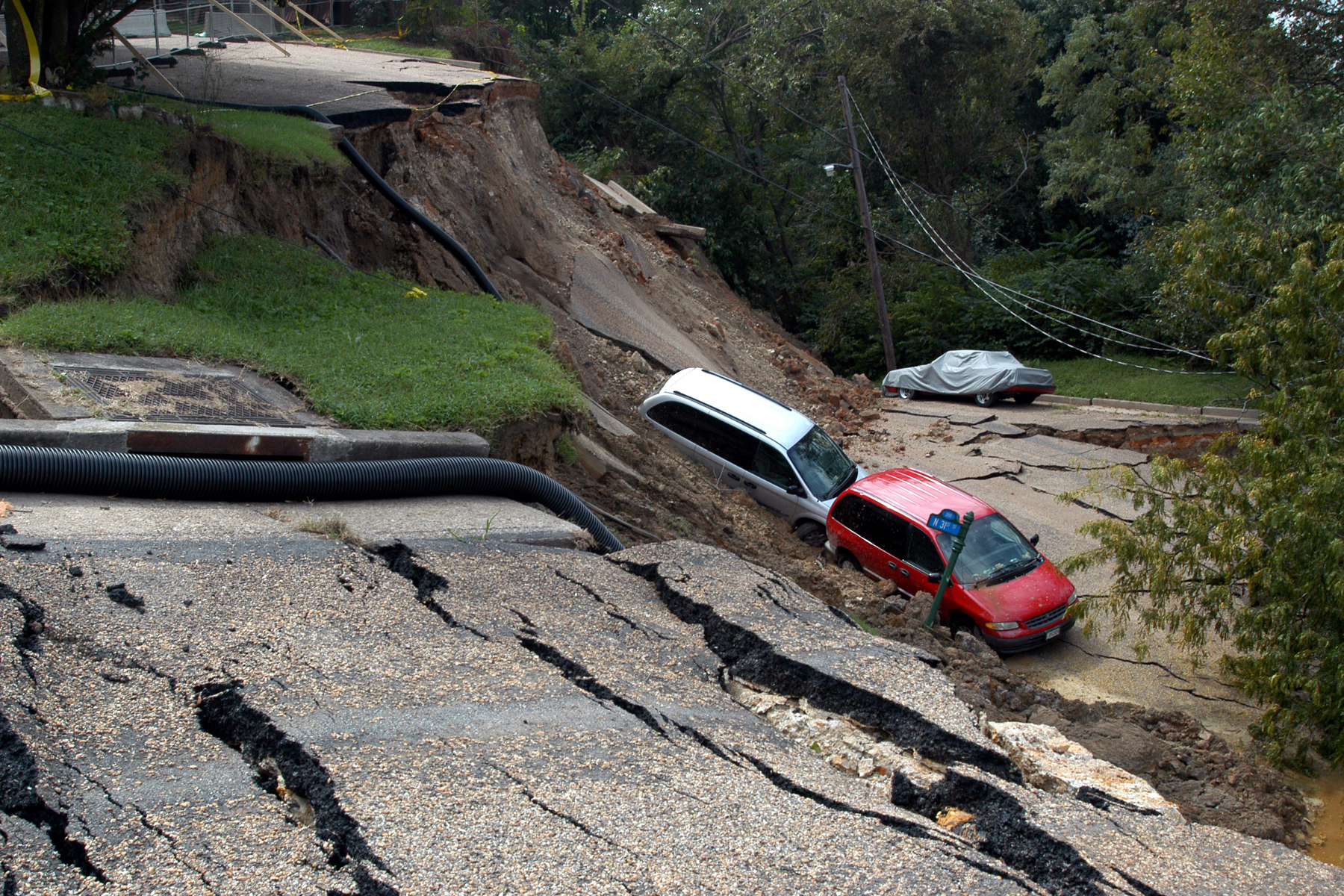
Further instances of a catastrophic geographical phenomenon can be a landslide. As shown here in this picture, a landslide can strike without any prior notice with its fatal potential. People living in slope-y regions are often in danger of being wiped out by it. The danger is especially escalated after a rainfall.
Scariest Natural Disaster
This picture here shows the destruction and what it is like, in the wake of an earthquake. So far, there is no device capable of telling when or where an earthquake may strike. It’s one of the most unpredictable and dangerous natural phenomena that could hit humanity.
The Carrington Event
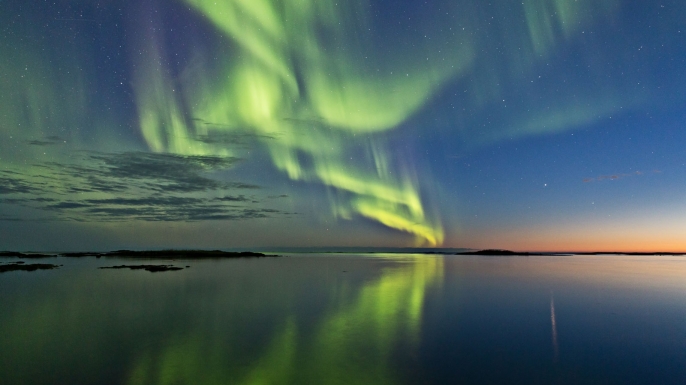
Unbeknownst to some, one might equate this phenomenon as the rainbow lookalike, but it is not what it looks like. It is a solar storm that first took place in late August and September of 1859. These kinds of Solar flares occur when the magnetic energy is repressed on the surface of the sun, which as a result blasts in the form of radiation and charged particles. It is named after British astronomer, Richard Carrington, who lit up the sky with multi-colored daylight as far as South Hawaii.
The Sun Dimmer Incident

In a series of bizarre incidents, this is another once in a blue moon event. It took place in mid 6th century. A cloud of grit and dust plunged over myriad parts of the earth, as result of which the light of the sun dimmed. Its aftermath caused anomalous cold temperatures. After so many years, this case is still a mystery. Scientists are still not sure that what was the reason behind this global cooling.
Mightier Than The Atom Bomb
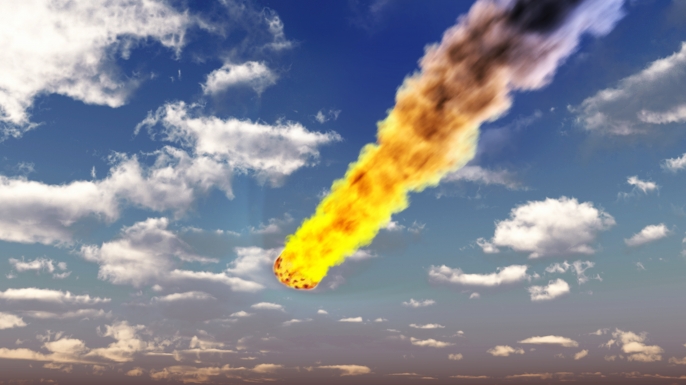
This took place on June 30, 1908. A fireball lookalike stream of light striped through the skies of Siberia and detonated over the Podkamennaya Tunguska River. Its force was equal to 5 to 10 megatons of TNT—hundreds of times more powerful than the atom bomb which was dropped on Hiroshima. Interestingly, no life was harmed in the explosion, but its repercussions were felt across the globe.
Nevado del Ruiz Volcano Eruption (1985)
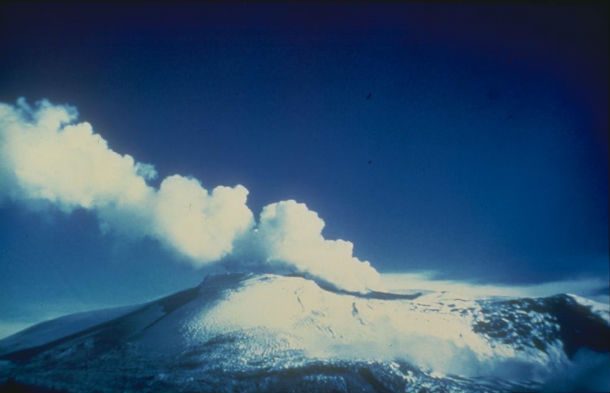
This disaster also has a nickname “La Mesa de Herveo”. This volcanic eruption was responsible for resulting in the second largest volcanic disaster, which took place in the 20th century. The volcano produced an elephantine amount of flow that sabotaged the town of Armero in Tolima on November 13, 1985. It later was termed as the “Armero Tragedy” causing the death of 25,000 people.
